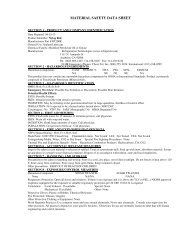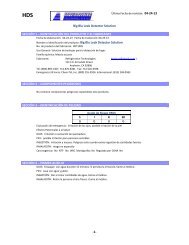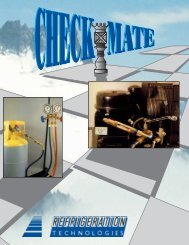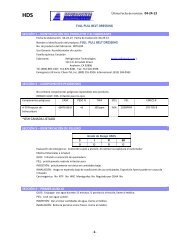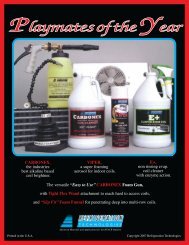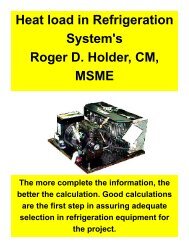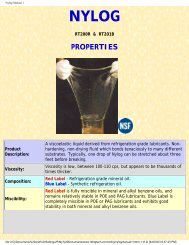Balancing of a Water and Air System (PDF
Balancing of a Water and Air System (PDF
Balancing of a Water and Air System (PDF
You also want an ePaper? Increase the reach of your titles
YUMPU automatically turns print PDFs into web optimized ePapers that Google loves.
84<br />
Strainers<br />
The purpose <strong>of</strong> strainers (Figure 11.14) is to catch sediment or other foreign material in<br />
the water. A strainer contains a mesh screen formed into a sleeve that fits inside the<br />
strainer body. This sleeve must be removed <strong>and</strong> cleaned. A strainer with a dirty sleeve or<br />
a sleeve with a screen that is too fine means that there will be excessive pressure drop<br />
across the strainer <strong>and</strong> lower water flow. Strainers placed in the suction side <strong>of</strong> the pump<br />
must be properly sized <strong>and</strong> kept clean to avoid cavitation. Strainers should have<br />
pressure taps installed at the inlet <strong>and</strong> outlet.<br />
Strainers should only be used where necessary to protect the components in the system.<br />
For example, in the case <strong>of</strong> cooling towers, strainers in the tower basin may provide<br />
adequate protection. Individual fine mesh strainers may need to be installed before<br />
automatic control valves or spray nozzles, which operate with small clearances <strong>and</strong><br />
require protection from materials that might pass through the pump strainer.<br />
Valves<br />
Valves are used in hydronic systems to:<br />
• control water flow<br />
• isolate part, or all <strong>of</strong> the system for servicing<br />
84




